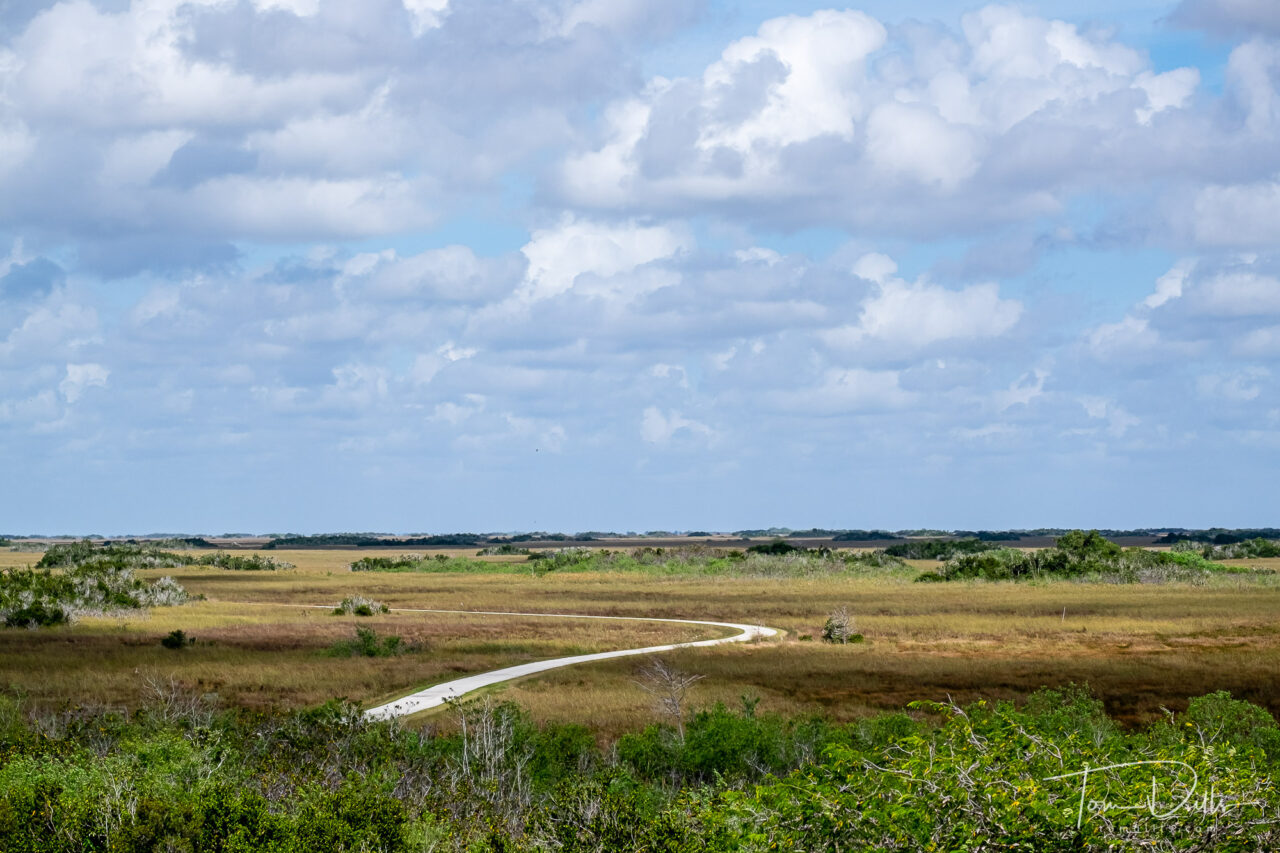
I had always thought of the Everglades as a swamp, but it’s not. While there are swamp areas in and around the park, the Everglades per-se is actually a 60-mile wide freshwater river, running from Lake Okeechobee to Florida Bay, and eventually to the Gulf of Mexico. It is only a few feet deep in most places. Because the water flows across a limestone shelf, there is little or no silt or sediment, so the water is remarkably clear. The flow of water has been greatly impacted over the years by development and diversion of the water to major cities, but recent efforts to stem the loss of wetlands has at least slowed the loss of this ecosystem.
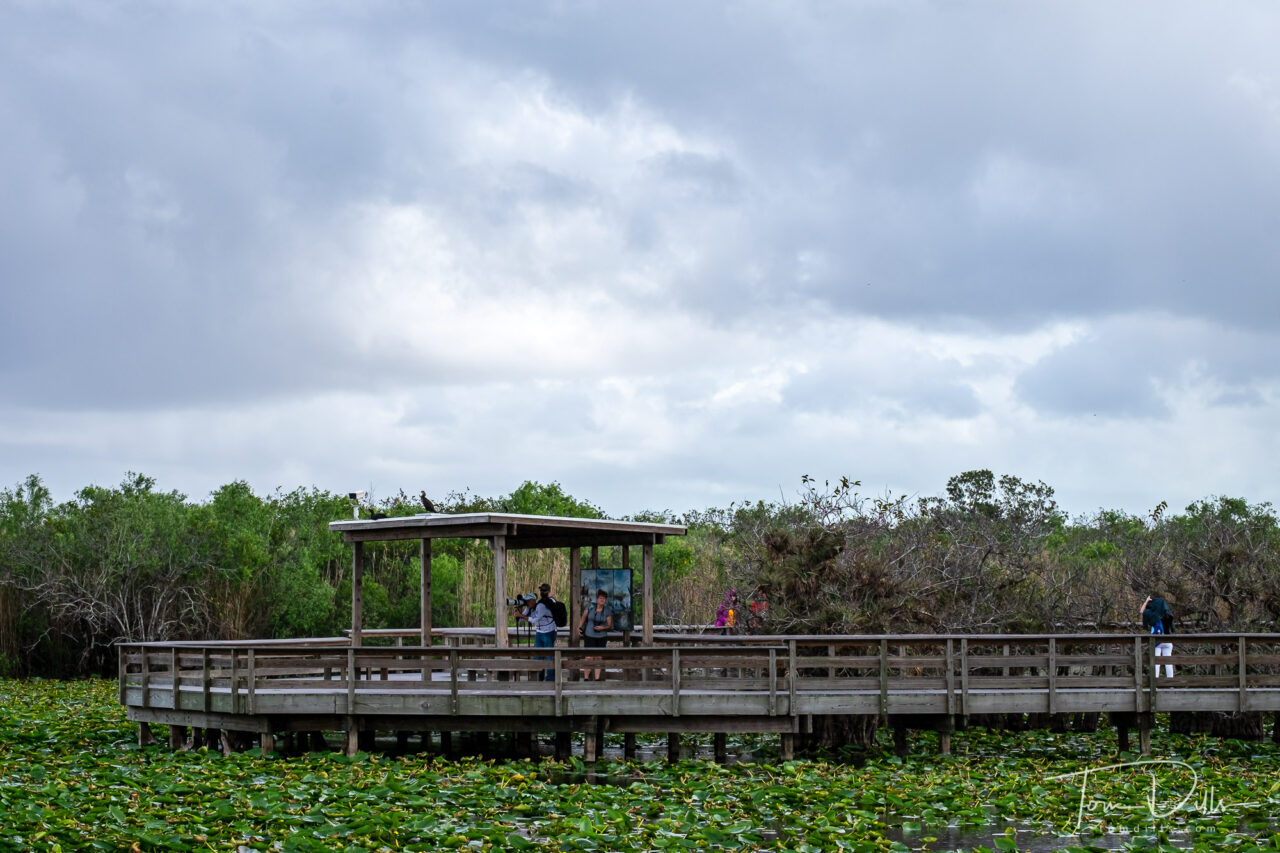
For our visit, we wanted to see as much of the park as possible, so we didn’t really spend a lot of time in any one place. It would be possible to spend weeks in any one area, but to get a good overview we concentrated on three main areas. We stayed in south Miami near Homestead, so we had a good bit of driving to do to get anywhere, especially the second and third areas mentioned below.
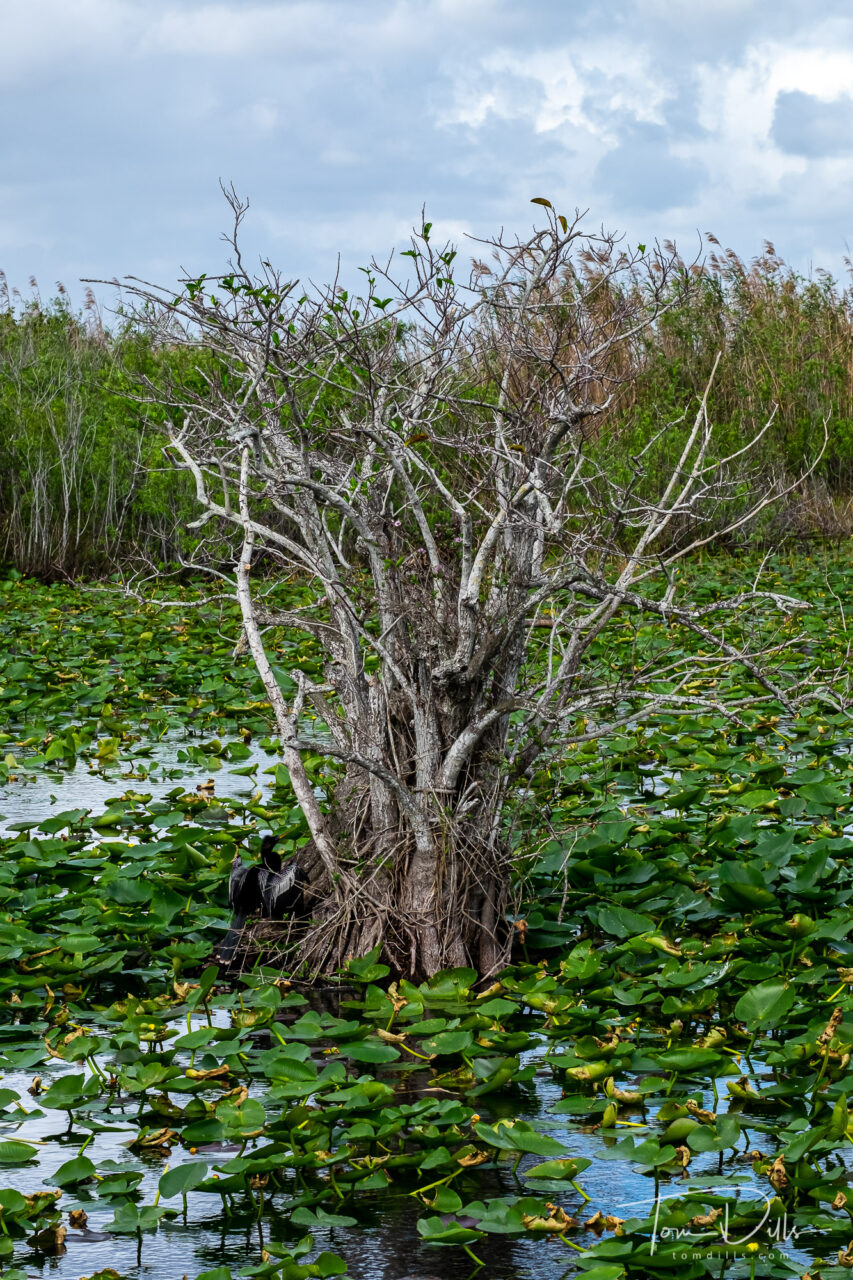
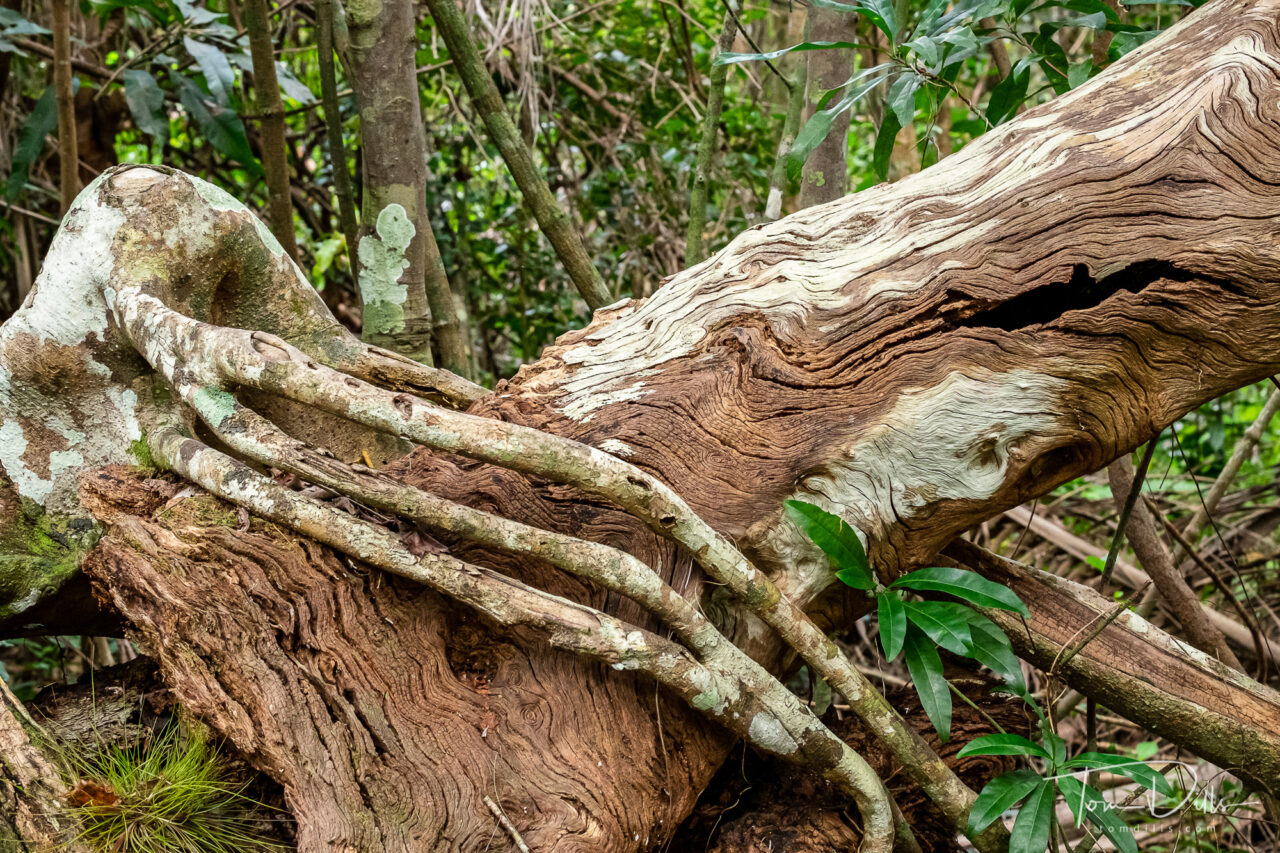
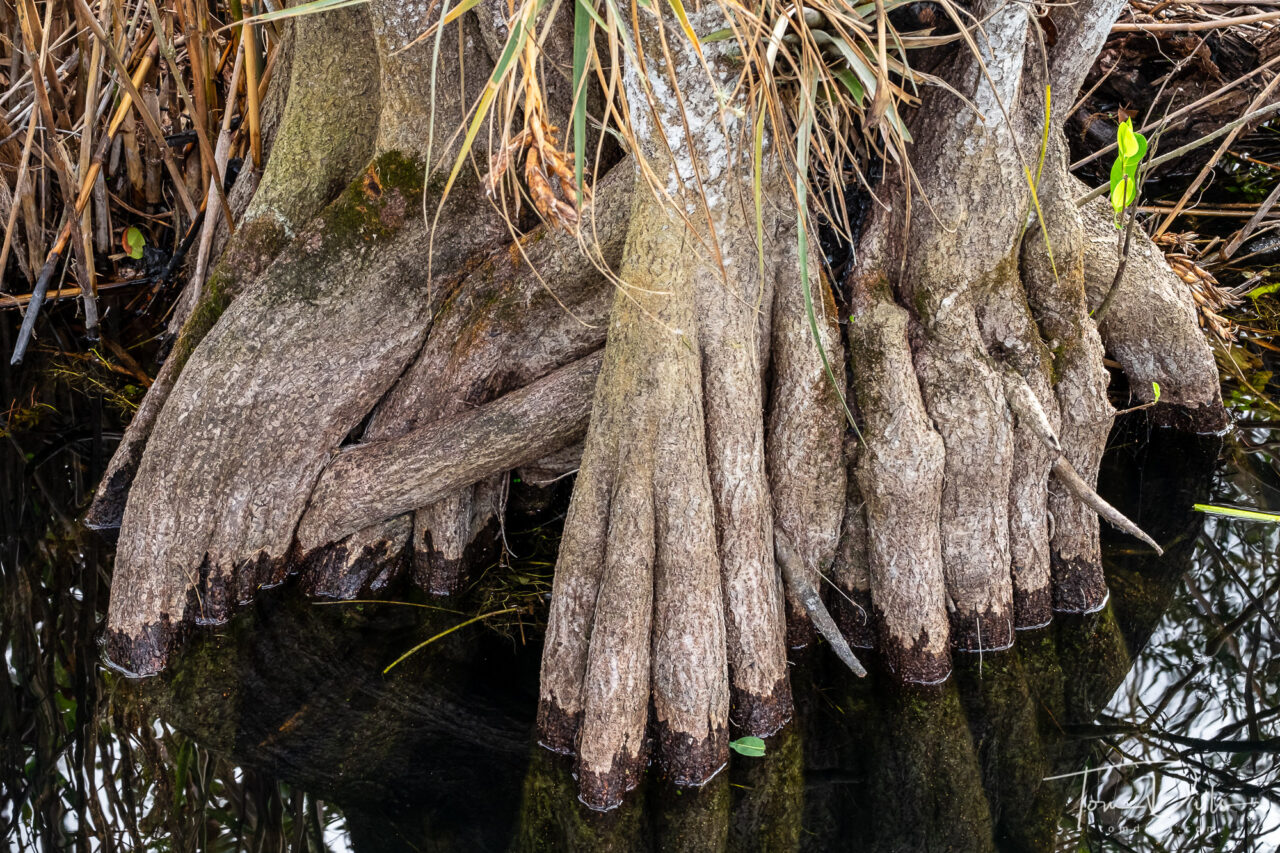
The southernmost part of the park starts near Homestead and stretches from the Ernest Coe Visitor Center down SR-9336 to the Flamingo Visitor Center. We spent time on the Anhinga Trail, which is an easy 0.8-mile path and boardwalk through an area that is home of a large number of wildlife.
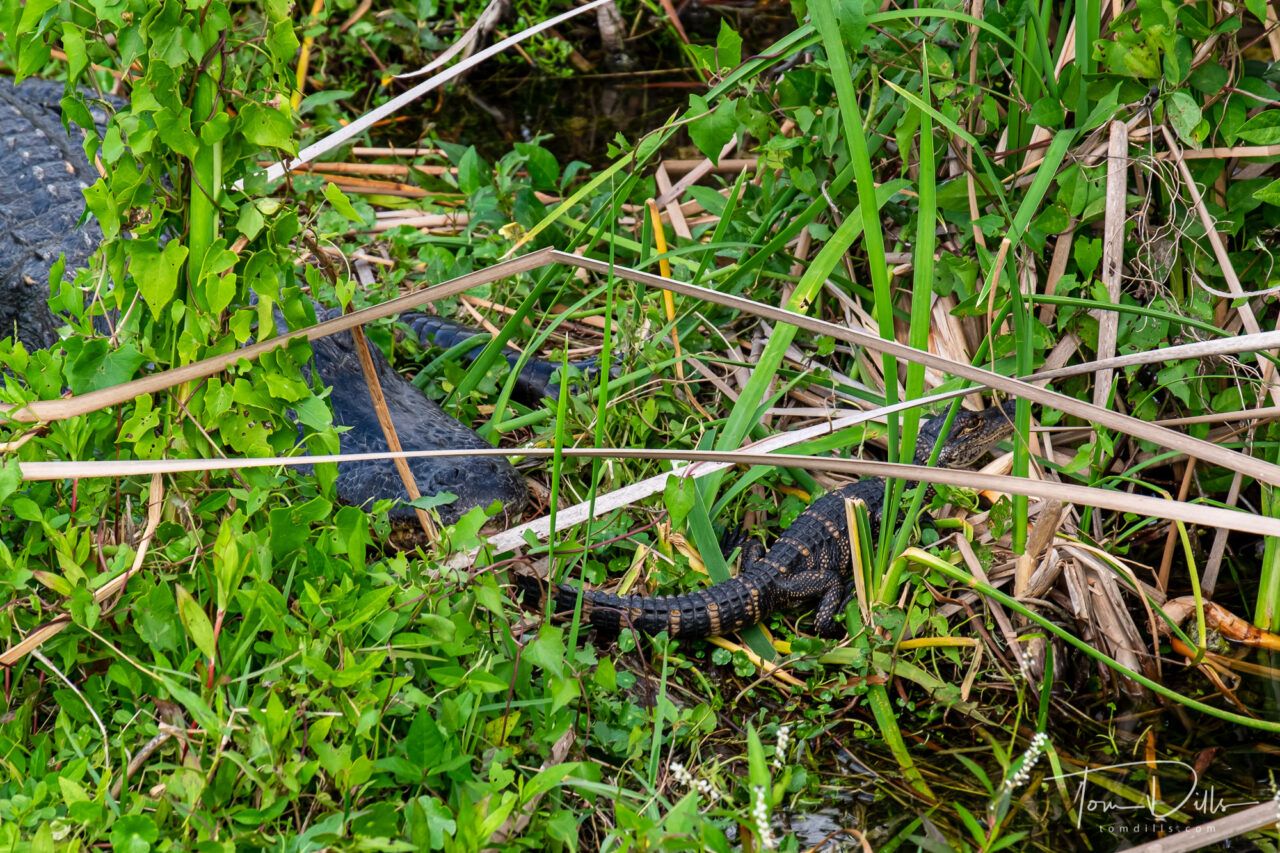
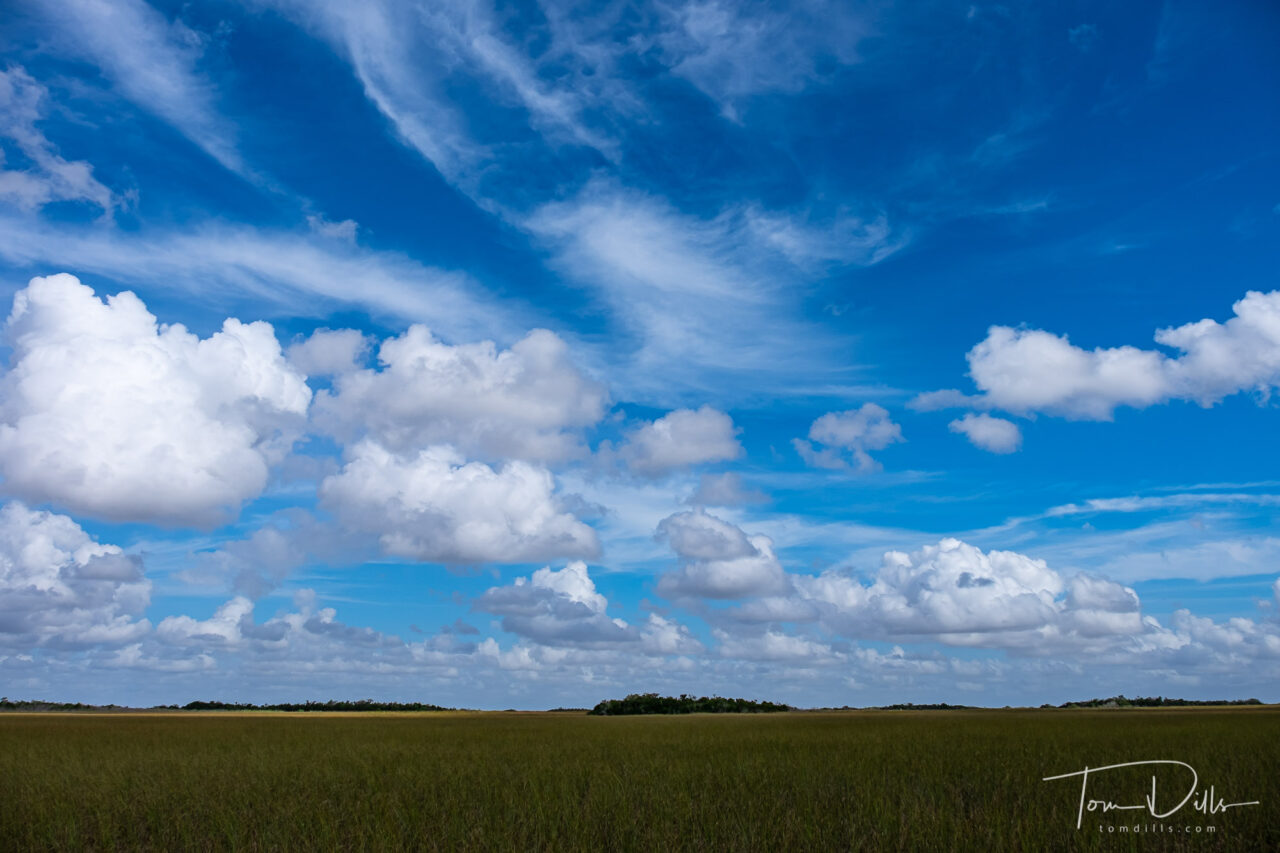
The section that is probably most familiar to visitors to south Florida is the section that is bisected by US-41, known as the Tamiami Trail. Because the Tamiami Trail only borders the National Park on the south side, and only in a relatively small section, this is the place where all the air boat rides, ‘gator rasslin’ places and trinket shops are located. The Shark Valley visit center is probably the most visited center in the park, and unfortunately has the smallest parking lot. It’s not unusual to have to endure long waits to get into the parking lot, with the alternative of parking on the road and walking about a half mile in to the visitor center. That wouldn’t be bad in February, but I wouldn’t want to do that in August! Then again, I want very little to do with south Florida in August!
We were fortunate to have only a relatively short wait to park, then lucked into a tram tour that left about an hour after we arrived. The “loop road” that goes to an observation tower is a 15-mile round trip. Walking it would be the ideal way to experience the trail and the wildlife, but 15-miles is a long way! It’s also possible to bicycle the trail, and it’s possible to rent bikes there. But the tram tour goes slowly enough and stops whenever wildlife is encountered, so for tourists like us it’s a pretty good way to get around.
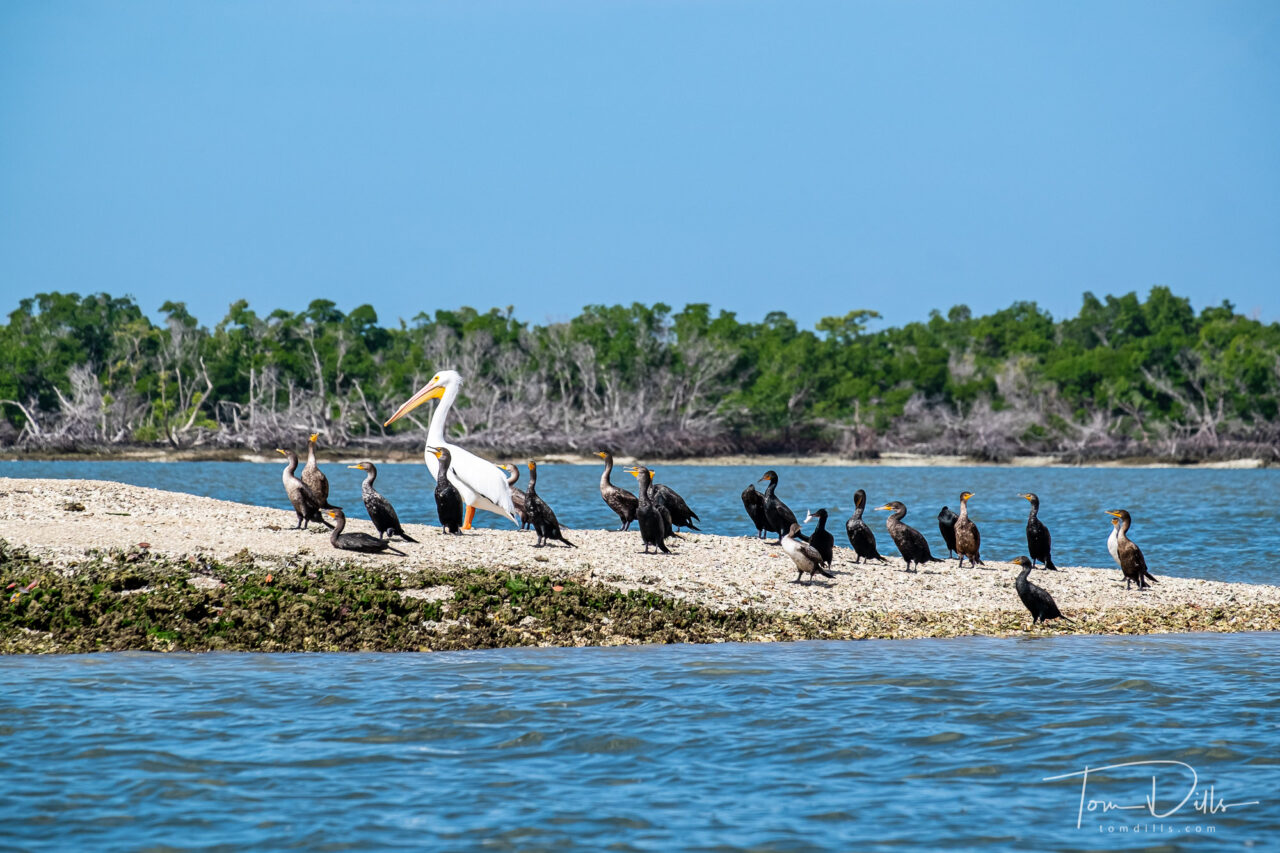
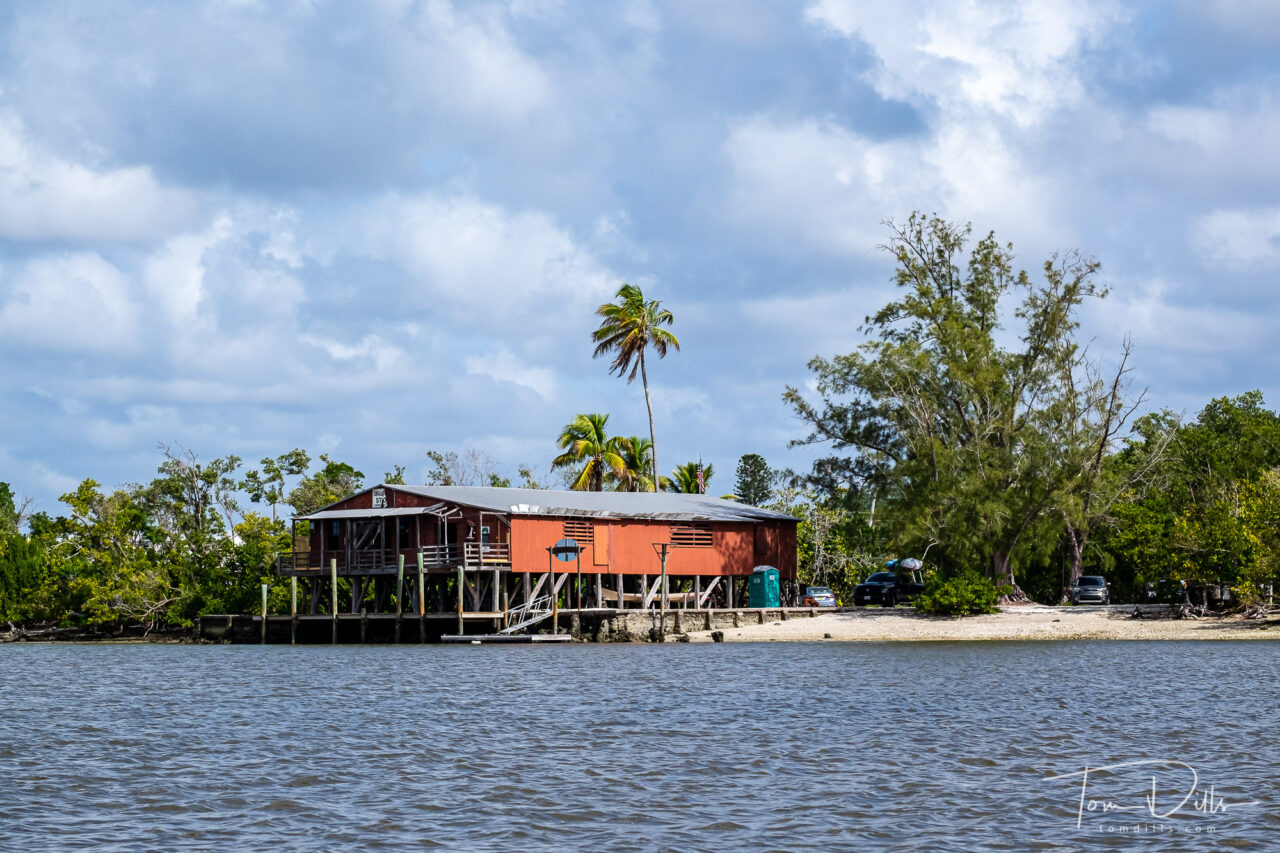
The third area, which is probably more a sub-area of the second, is the area around the towns of Everglades City and Chokoloskee. From Chokoloskee we took a boat tour through the Chokoloskee Bay toward the Gulf of Mexico. We opted for a tour in a small motor boat rather than an airboat, since the motor boat is slower and quieter I think we were able to see a lot more wildlife. Airboats are not allowed in the National Park, so any of the airboat companies up along the Tamiami Trail don’t actually take you into the National Park. Not a big deal, but I wanted to experience the park proper, not just the Everglades in general. We lucked out and only had 4 people on our tour plus the guide. Compared to the option of the airboat I think we made the right choice. I’d love to take an airboat ride sometime, but I think of it as more of a thrill ride than a way to see wildlife up close.
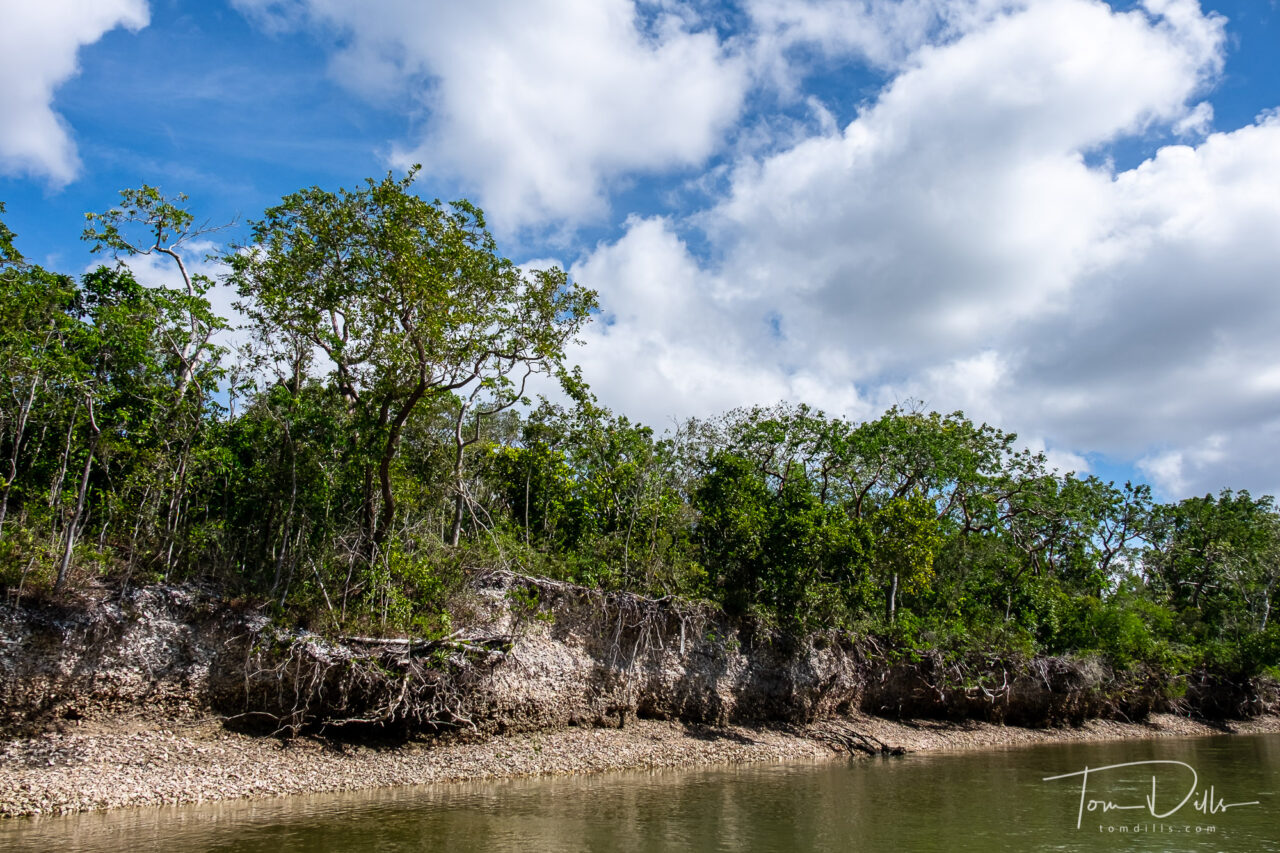
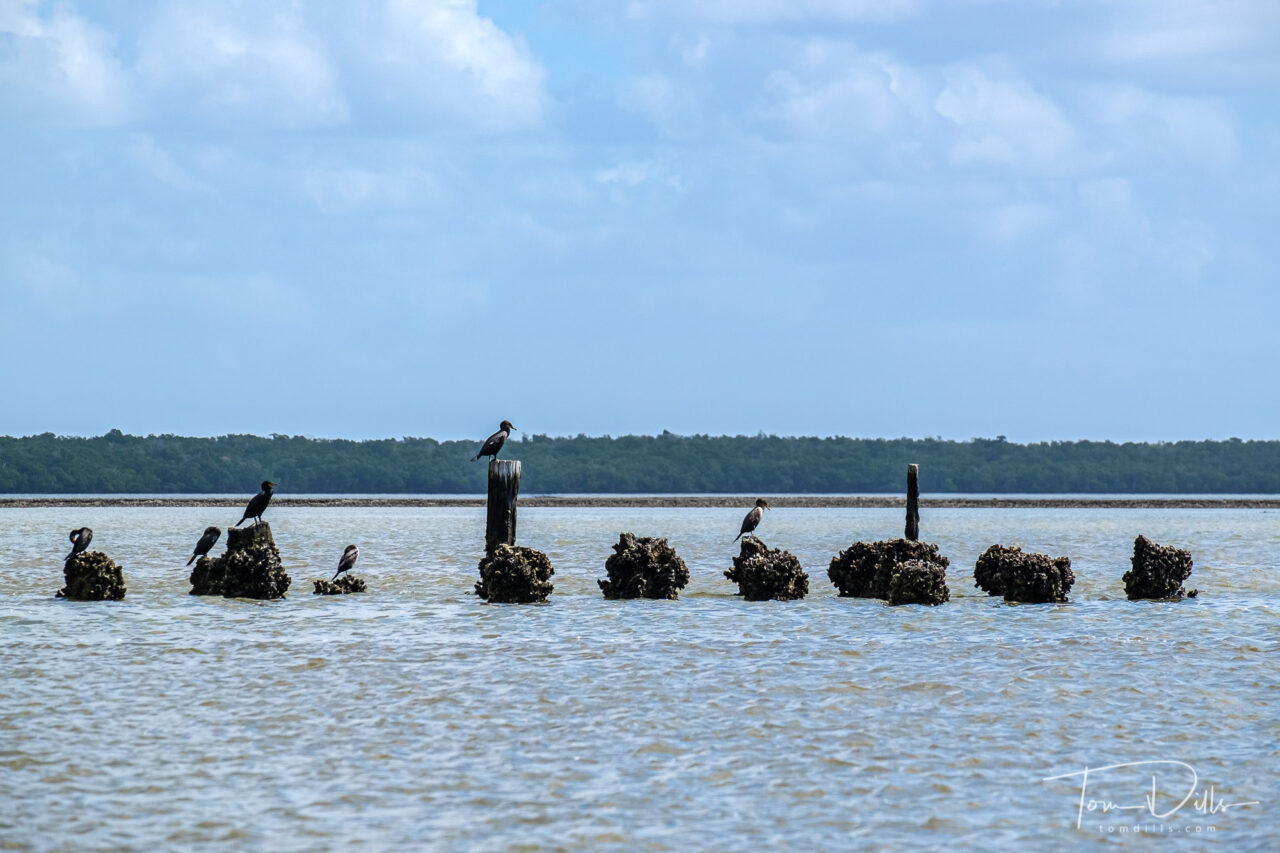
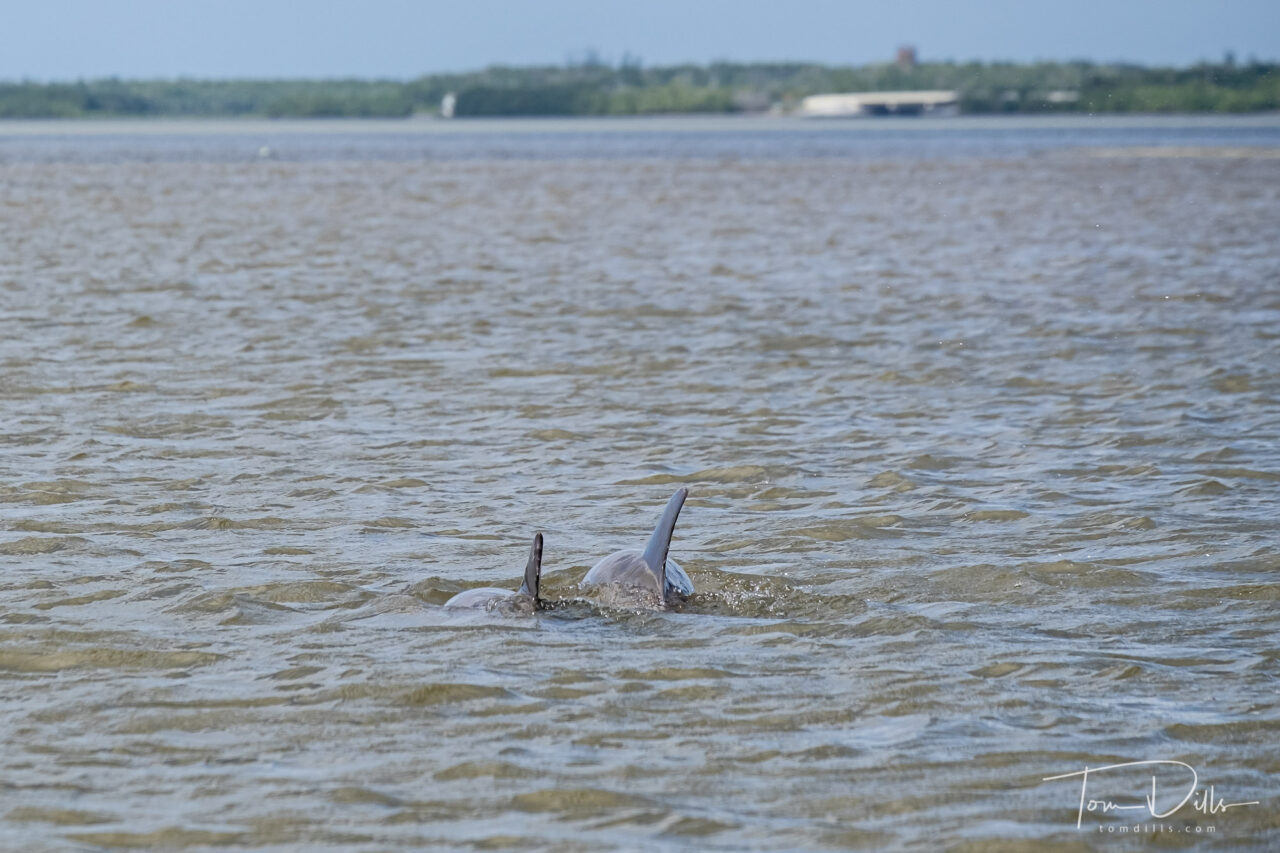
I’ve got plans for a few more posts detailing some of the highlights from these various areas. I didn’t want to clutter this post up with too many more words or photos, so those will come later.
